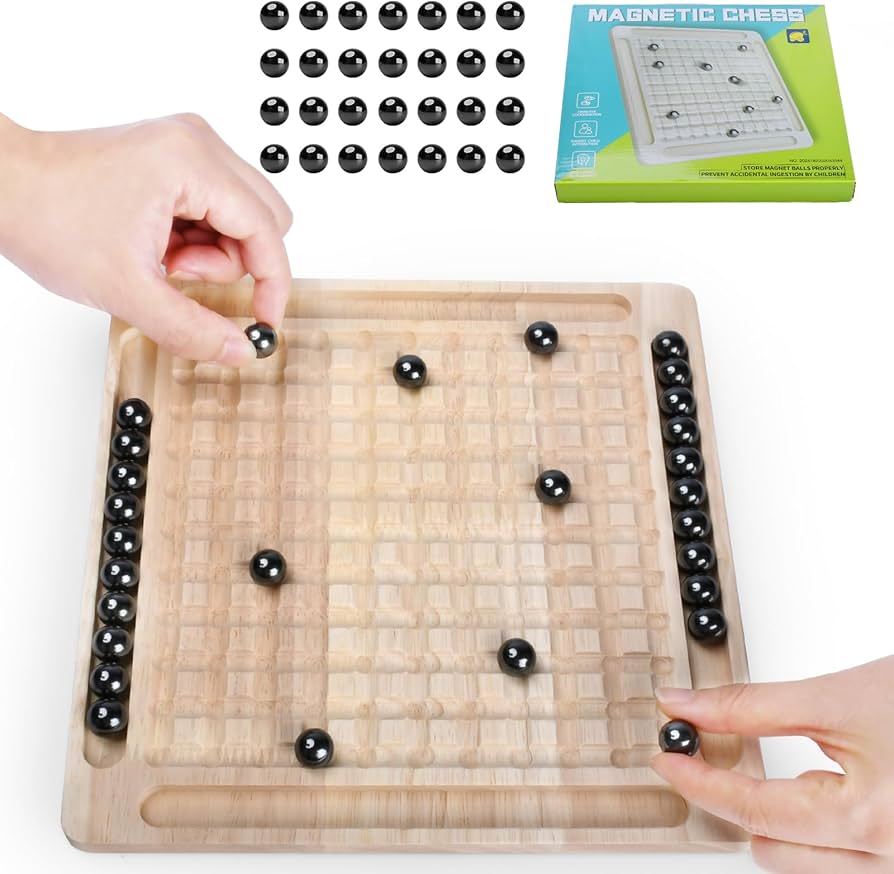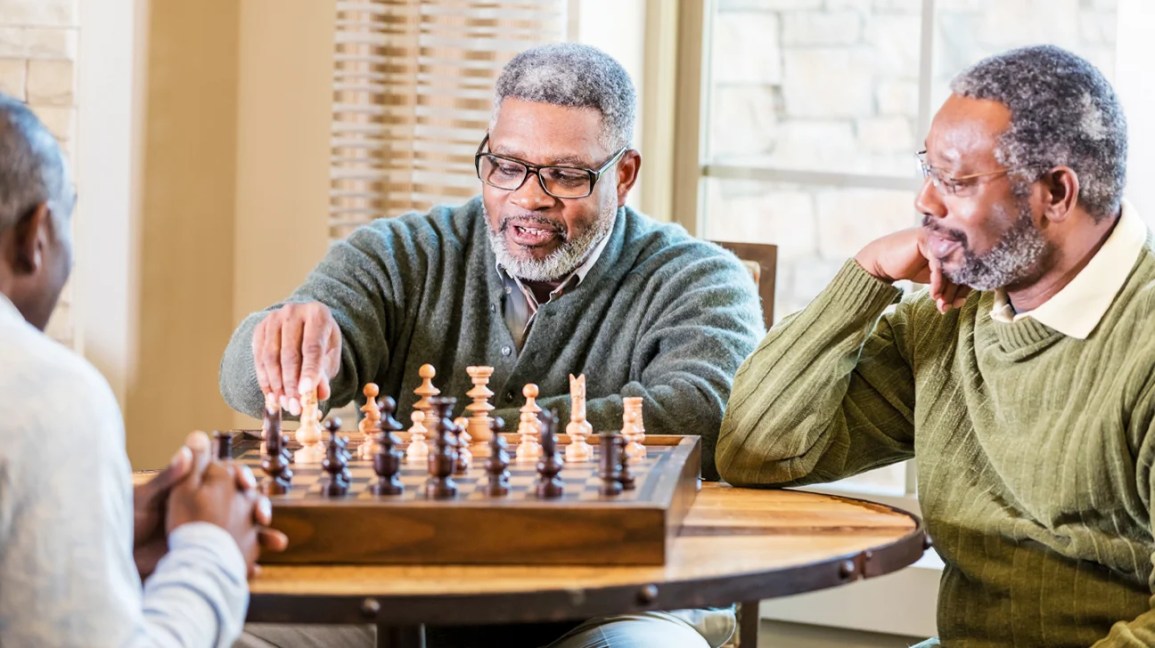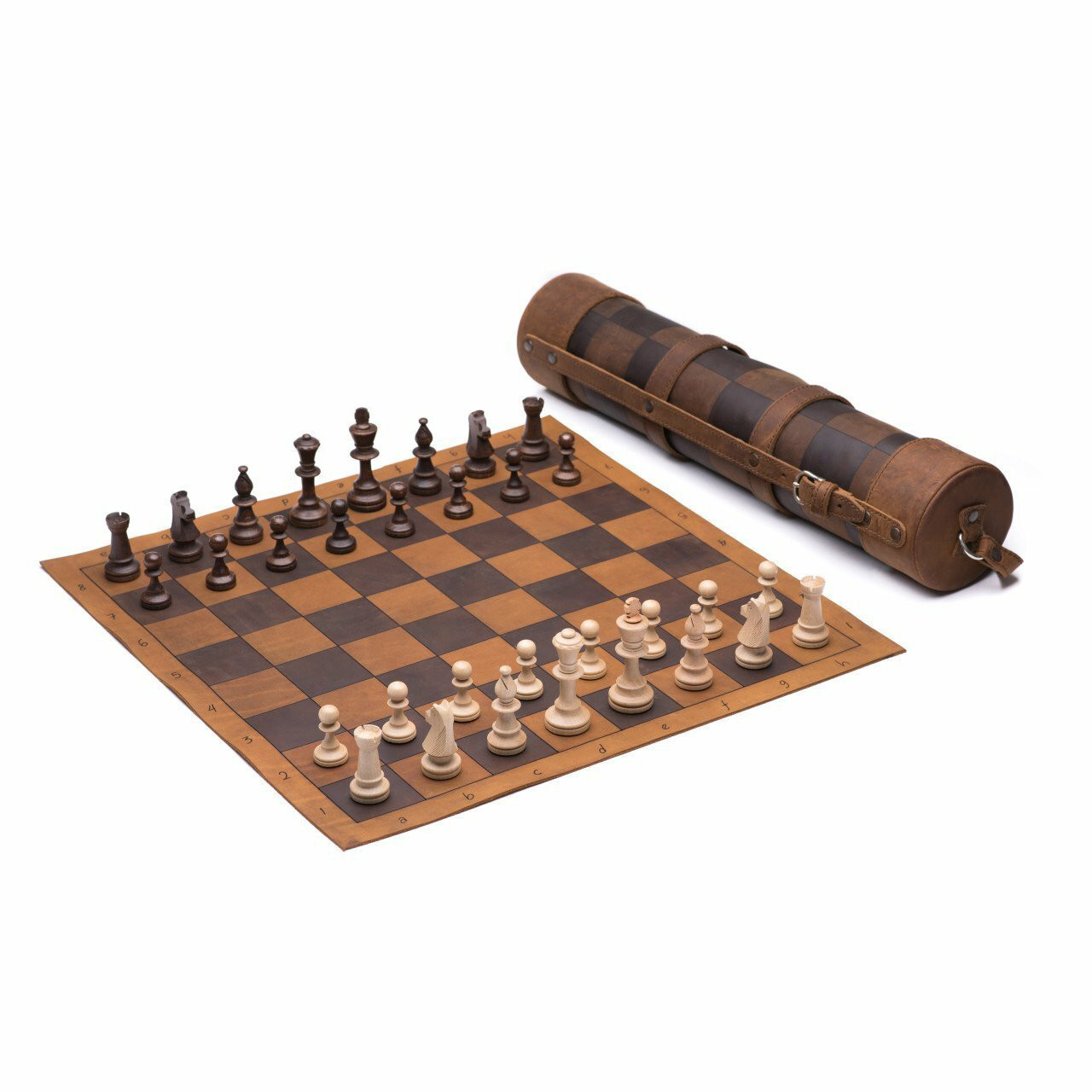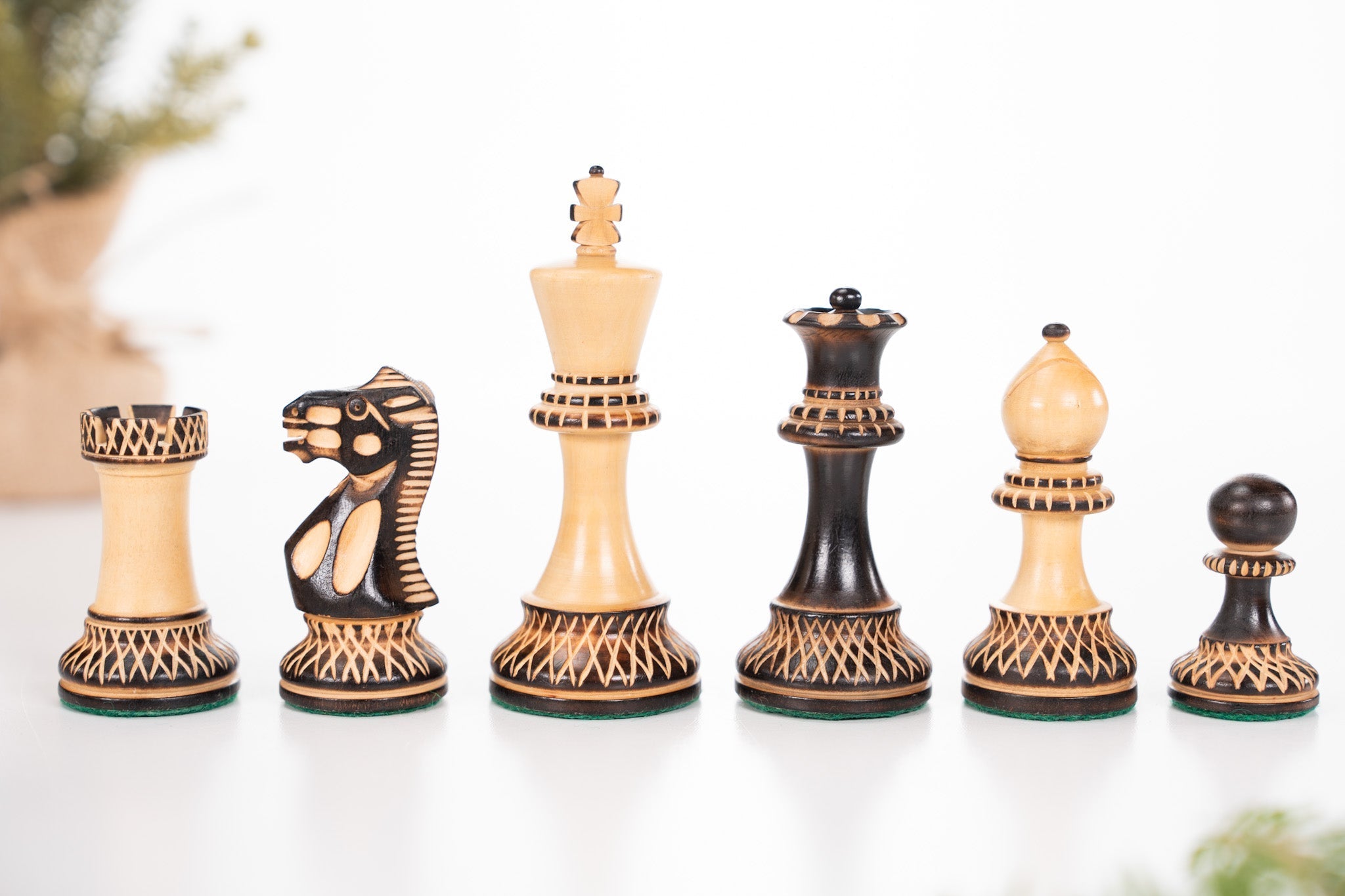Chess is a game of strategy. Each piece has its own role. But pawns are special. They might seem weak. However, their structure is vital. Understanding pawn structure can improve your game. Let’s explore this topic.
What is Pawn Structure?
Pawn structure is the arrangement of pawns on the board. This arrangement affects the movement of other pieces. It can create strengths or weaknesses. Understanding pawn structure helps in planning moves.
Types Of Pawn Structures
There are different types of pawn structures. Each has its own strengths and weaknesses. Here are some common types:
- Pawn Chains
- Isolated Pawns
- Backward Pawns
- Doubled Pawns
- Passed Pawns
Pawn Chains
A pawn chain is a group of pawns connected diagonally. The front pawn is protected by the pawn behind it. This structure can be strong. However, it also has weaknesses.
Strengths:
- Pawns protect each other.
- Harder for the enemy to break through.
Weaknesses:
- The base pawn can be weak.
- Hard to move other pieces around the chain.
Isolated Pawns
An isolated pawn has no friendly pawns on adjacent files. This can be risky. The pawn has no support. However, it can also be used as a strength.
Strengths:
- Can control important squares.
- Can be used to attack.
Weaknesses:
- Hard to defend.
- Can become a target.
Backward Pawns
A backward pawn is behind its neighboring pawns. It is not supported by other pawns. This can be a weak spot in your position.
Strengths:
- Not many strengths.
Weaknesses:
- Can become a target.
- Limits mobility of other pieces.
Doubled Pawns
Doubled pawns are two pawns on the same file. This can happen after a capture. Doubled pawns can have both advantages and disadvantages.
Strengths:
- Can control more squares.
Weaknesses:
- Hard to defend.
- Can block each other.
Passed Pawns
A passed pawn has no enemy pawns blocking its path to promotion. This is a strong position to have.
Strengths:
- Can advance to promotion.
- Forces the enemy to defend.
Weaknesses:
- Can be targeted by the enemy.
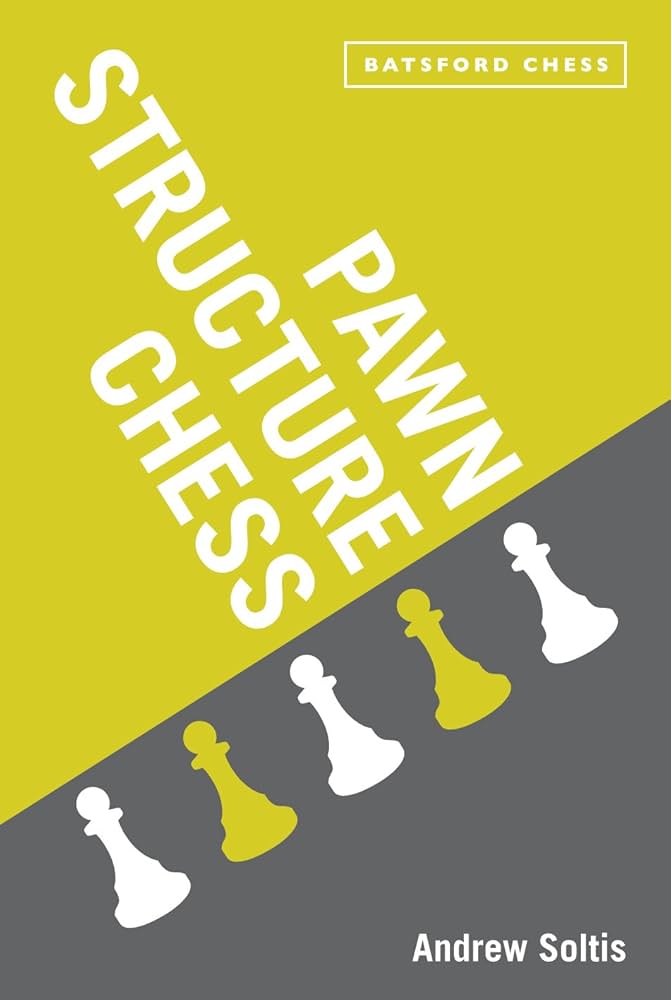
Credit: www.amazon.com

Credit: www.chess.com
How to Use Pawn Structure
Understanding pawn structure is important. But how do you use it in a game? Here are some tips:
Keep Your Pawns Connected
Try to keep your pawns connected. This makes them stronger. They can protect each other.
Avoid Isolated And Backward Pawns
Isolated and backward pawns are weaknesses. Try to avoid them. They can become targets for your opponent.
Use Passed Pawns To Your Advantage
If you have a passed pawn, push it. It can become a queen. This can give you a big advantage.
Examples of Pawn Structures
Let’s look at some examples. This will help you understand better.
Example 1: Pawn Chain
In this example, pawns on d4, e5, and f6 form a chain. The pawn on f6 is protected by e5. The pawn on e5 is protected by d4. This is a strong structure.
Example 2: Isolated Pawn
In this example, a pawn on d4 is isolated. There are no pawns on c4 or e4. This pawn is weak. It needs protection.
Example 3: Passed Pawn
In this example, a pawn on d5 has no enemy pawns in front. This is a passed pawn. It can be advanced to promotion.
Conclusion
Understanding pawn structure is key to playing better chess. It helps in planning and strategy. Remember to keep your pawns connected. Avoid isolated and backward pawns. Use passed pawns to your advantage.
Practice these concepts in your games. You will see improvement. Good luck!

